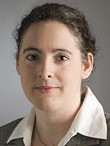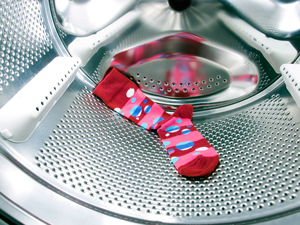We are delighted to introduce Iseult Lynch as a new Associate Editor for Environmental Science: Nano.
Iseult joins Greg Lowry and Kristin Schirmer as Associate Editors handling submissions to the journal.
 Iseult Lynch is a physical chemist specialising in understanding the interface between engineered nanomaterials and the environment (biotic and abiotic components) and how this determines their ultimate fate and behaviour.
Iseult Lynch is a physical chemist specialising in understanding the interface between engineered nanomaterials and the environment (biotic and abiotic components) and how this determines their ultimate fate and behaviour.
Dr Lynch has been actively involved in research to elucidate the mechanisms involved in potential toxicity of nanomaterials, including being centrally involved in the pioneering studies regarding the nanoparticle-protein corona, for which she received the US National Academy of Sciences Cozzarelli Prize for 2007 (with her co-authors).
She is currently applying these concepts to assessing nanomaterial behaviour in more complex environments and whole organisms, looking for example at the role of secreted proteins and polysaccharides as well as dissolved organic matter in determining nanomaterials environmental fate, transformation and biouptake. Her expertise spans nanomaterials synthesis, characterisation and environmental interactions (biomolecules, cells, organisms).
———-
Please join us in welcoming Iseult to Environmental Science: Nano.
Iseult has recently published a review in Environmental Science: Nano, read it here.
Interested in the latest news, research and events of the Environmental Science journals? Find us on Twitter: @EnvSciRSC











